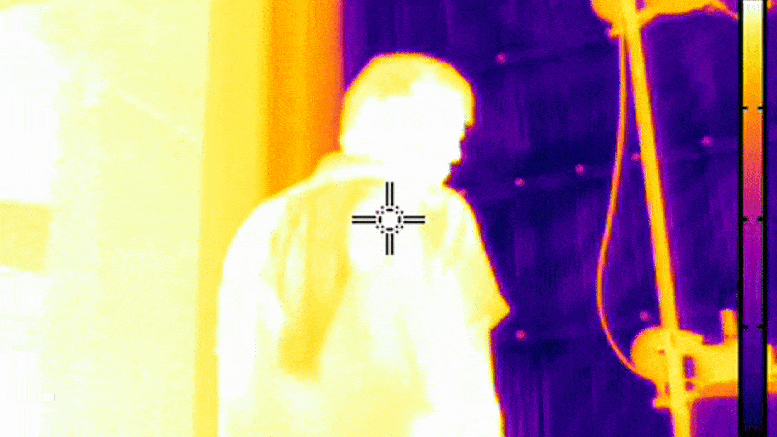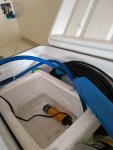tanuki.himself
Active member
Having seen a number of articles covering a paper on Cold Tube radiant cooling i wonder if it could be adapted for use in campers

as far as I can tell its basically using cool water circulating in matrix to absorb infra red radiation from the human body
I'm definitely on the lookout for some form of cooling so i can sleep in the camper at night without adding 35kg of traditional air conditioning unit on the roof and having to carry and run a generator to power it at night, or adding more heavy, expensive batteries. I've done some initial tests making a swamp cooler with an aquarium pump and a couple of 10w computer fans and i think that is something worth building, but could this be an alternative, especially when its humid?
I'm thinking of a ceiling-mounted grid of narrow PVC cooling tubes above the bed with a small pump to circulate the water, covered in a PVC membrane to keep the humidity from condensing on them. Lightweight and cheap to fit, and you only need to add the weight of water when its in use, and then you could chill an insulated reservoir of water through the day when there is plenty of solar power available, either in the fridge or running a separate heat pump like a fridge compressor.
thoughts on if its worth trying and how best to build?

‘Cold Tube’ Invented to Beat the Summer Heat More Efficiently Than Air Conditioning
Chilled panels use less energy than conventional A/C and work in open spaces. Many people beat the summer heat by cranking the air conditioning. However, air conditioners guzzle power and spew out millions of tons of carbon dioxide daily. They’re also not always good for your health—constant expo
scitechdaily.com
as far as I can tell its basically using cool water circulating in matrix to absorb infra red radiation from the human body
I'm definitely on the lookout for some form of cooling so i can sleep in the camper at night without adding 35kg of traditional air conditioning unit on the roof and having to carry and run a generator to power it at night, or adding more heavy, expensive batteries. I've done some initial tests making a swamp cooler with an aquarium pump and a couple of 10w computer fans and i think that is something worth building, but could this be an alternative, especially when its humid?
I'm thinking of a ceiling-mounted grid of narrow PVC cooling tubes above the bed with a small pump to circulate the water, covered in a PVC membrane to keep the humidity from condensing on them. Lightweight and cheap to fit, and you only need to add the weight of water when its in use, and then you could chill an insulated reservoir of water through the day when there is plenty of solar power available, either in the fridge or running a separate heat pump like a fridge compressor.
thoughts on if its worth trying and how best to build?







